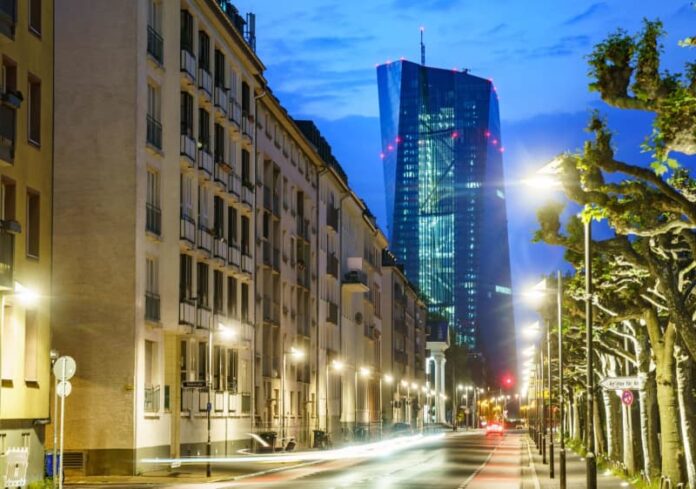
Both humans and animals are at increased risk of adverse health impacts due to loss of sleep from blue light emitted from the growing number of LED street lamps, research on light pollution in European countries has found.
Britain-based scientists used photos taken from the International Space Station (ISS) to show that white LEDs have increased the proportion of emissions in the blue part of the light spectrum.
Since blue light inhibits the release of the hormone melatonin, which promotes sleep, the widespread switch to LEDs is believed to be undermining the sleep of both animals and humans, the research team from England’s University of Exeter in Penryn wrote in the scientific journal Science Advances.
“The benefits that LED technology may provide for public lighting, and particularly street lighting, have been much vaunted, with a focus on greater energy efficiency and associated reductions in energy costs and carbon emissions,” the study says.
But from the researchers’ point of view, the negative environmental consequences of using white LEDs in street lighting should not be ignored. At the very least, the colour spectrum of night-time lighting should be measured regularly.
“While data on spatial and temporal variation in the intensity of artificial lighting have been available at a regional and global scale, data on variation in its spectral composition have only been collected for a few locations,” the researchers write.
The reason for this lies in the satellite sensors used to measure artificial lighting, which only register the intensity of the light but not its colour. Moreover, these sensors are hardly sensitive to the wavelength of blue light.
The researchers therefore resorted to photos taken by astronauts from the ISS. Since 2003, about 1.25 million photos have been collected.
The scientists selected photos from 2012 and 2013 showing Europe at night and compared them with photos of the same regions in the period of 2014 to 2020.
Between these two periods is when LEDs (light-emitting diodes) became ready for use in street lamps. From 2014 onwards, there was an 11.1% increase in light in the green range and, more worryingly, a 24.4% increase in blue light, the researchers found.
A shift in the light spectrum towards blue light occurs primarily when so-called sodium vapour lamps with orange-yellow light are replaced by white LED lamps, which emit a significantly larger proportion of blue light.
The scientists observed particularly strong changes in light in Italy, Romania, Ireland and Britain, while Germany and Austria were less impacted.
With regard to the effects of these changes on the biological environment, the research team names four aspects: Because blue light inhibits the release of melatonin, the biorhythm in animals, but also in humans, can become confused.
Previous studies have also shown that night-time lighting has negative consequences for the movement and feeding behaviour of bats. The use of LEDs also causes even fewer stars to be visible in cities and further alters the movement of moths and other insects that approach or avoid light sources.








